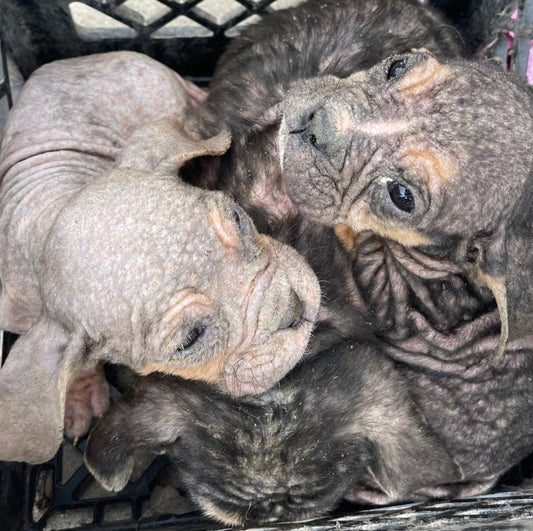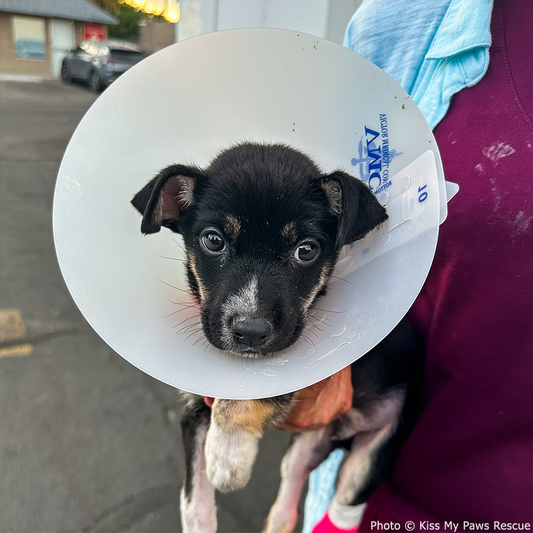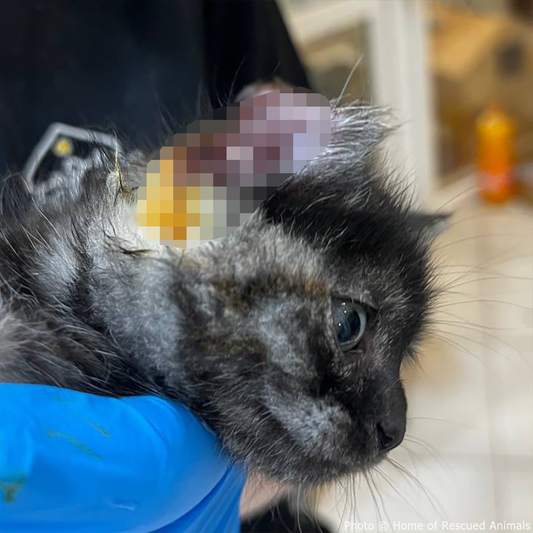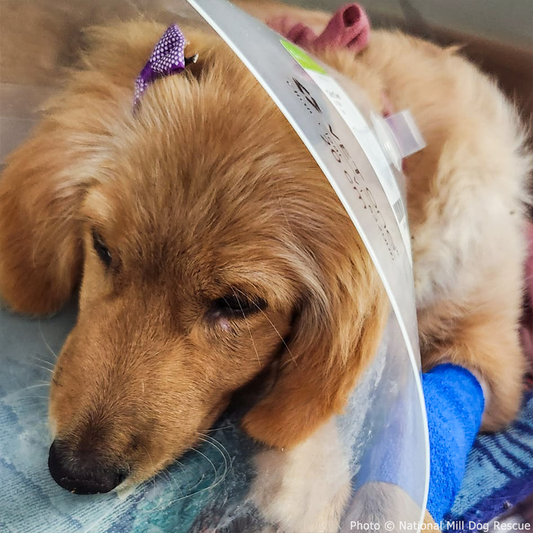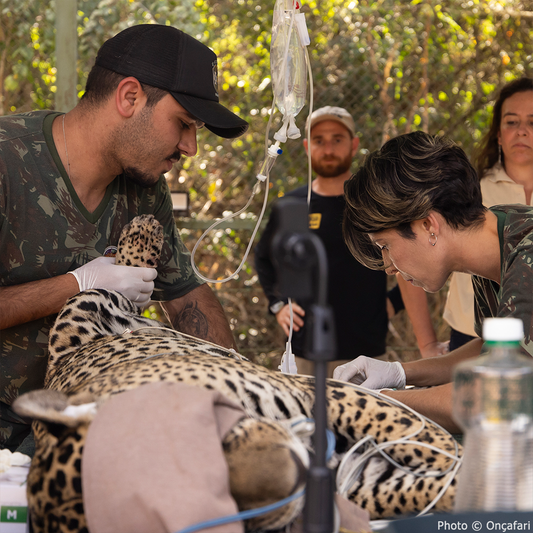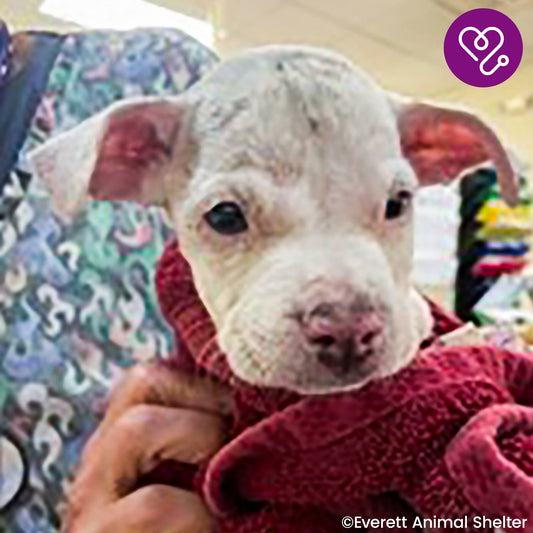Harmful Consequences for Animals and Ecosystems When People Interfere With Wildlife In National Parks
Matthew Russell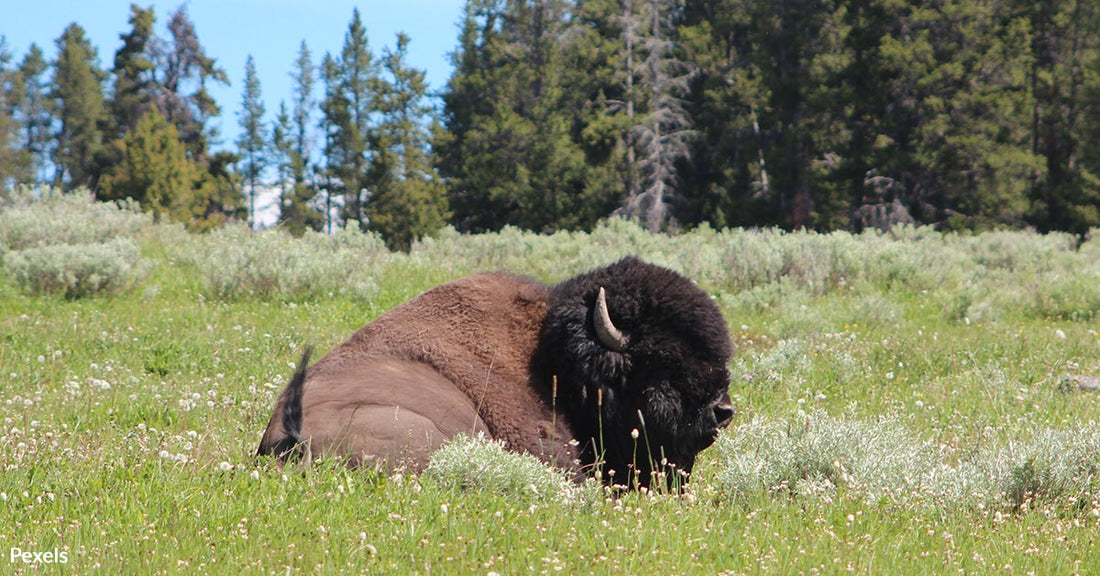
Pexels
The National Parks of the United States are a collection of breathtaking wilderness areas that provide a sanctuary for a diverse array of wildlife. These parks, from Yellowstone to Yosemite, Grand Canyon to Great Smoky Mountains, serve as vital habitats for numerous species and play a crucial role in their conservation efforts. However, the impact of human activity within these pristine natural spaces cannot be ignored.
From feeding wildlife to disturbing their natural behaviors, certain actions can have devastating consequences for the animals that call these parks home.
Despite efforts to educate visitors about responsible behavior, unfortunate incidents continue to occur within our national parks system, resulting in the loss of important wildlife.
 Photo: Pexels
Photo: PexelsDo not feed wildlife, as it disrupts their natural foraging behaviors and can lead to dependency.
When Human Wildlife Interaction Goes Wrong
One heartbreaking incident involved a visitor who encountered a bison calf struggling in Lamar Valley in Yellowstone Park, Fodor's Travel reports. The man, in what he believed to be a compassionate act, carried the calf onto the roadway after it had become separated from its herd while crossing the Lamar River. However, this well-intentioned action had devastating consequences.
Park officials made efforts to reunite the calf with its herd, but human interference often leads to the rejection of offspring by the herd. As a result, the baby bison had to be euthanized to prevent a hazardous situation caused by its approach to cars and people along the roadway, Weather.com reports. The calf's life was tragically lost due to the unintended consequences of human interference.
“Interference by people can cause wildlife to reject their offspring,” the park service said.
 Photo: Pexels
Photo: PexelsA young bison at Yellowstone National Park was euthanized after interaction with humans.
Federal and state regulations prohibit the transportation of bison out of the park without testing, NBC News reports. While Yellowstone has a quarantine facility, a newborn calf that is unable to care for itself cannot be quarantined. As a result, the baby bison could not be taken to a sanctuary, leaving park officials with the difficult decision to euthanize the calf.
During Memorial Day weekend a group of park visitors placed an elk calf in their car and brought the newborn to the West Yellowstone, Montana, Police Department, SFGate reports.
During another incident that could have turned out much worse, a woman was seen taking a selfie just a few feet from a resting adult bison. Other park visitors have suffered serious injury for attempting the same.
 Photo: Pexels
Photo: PexelsWhen visiting national parks, do not remove or disturb any natural resources, such as plants, rocks, or artifacts.
The actions of individuals can have far-reaching consequences, impacting not only the animals themselves but also the delicate ecological balance of the park.
Tragic incidents, such as the euthanization of a bison calf, highlight the profound impact of human interference on wildlife. It is crucial for visitors to Yellowstone and other national parks to educate themselves on proper conduct and follow park guidelines.
By adhering to park guidelines and regulations, visitors can minimize their impact and ensure the well-being and conservation of wildlife.
 Photo: Pexels
Photo: PexelsFor a safe and enjoyable experience, educate yourself about the specific guidelines and regulations of the national park you are visiting.
Human Activities that Pose Risks to Wildlife
Several types of human activities within Yellowstone National Park can have detrimental effects on the park's wildlife population. Understanding these risks is crucial for visitors to avoid actions that may harm or disturb the animals.
1. Feeding Wildlife
Feeding wildlife may seem harmless or even kind-hearted, but it can have severe consequences. When animals become accustomed to human food, they lose their natural foraging behaviors and may become dependent on handouts, the National Park Service reports. This can lead to malnutrition, aggression, and even death. Additionally, human food is often nutritionally inadequate or harmful to animals, causing digestive issues and other health problems.
 Photo: Pexels
Photo: PexelsYellowstone National Park is one of many beautiful national parks in the U.S.
2. Touching or Disturbing Wildlife
Approaching, touching, or otherwise disturbing wildlife can cause stress, anxiety, and injury to the animals, USA Today reports. Animals in the park are wild and should be observed from a safe distance. Close human contact can disrupt their natural behaviors and lead to aggressive or defensive reactions, putting both humans and animals at risk.
3. Getting Too Close for Photos
Capturing the perfect wildlife photograph is a desire for many visitors to Yellowstone. However, getting too close to animals in pursuit of that ideal shot can be dangerous for both parties. Animals may perceive the intrusion as a threat, leading to defensive behavior or aggression. As the National Park Service reports, it is important to maintain a safe distance and use telephoto lenses or binoculars to observe and photograph wildlife without causing harm.
 Photo: Pexels
Photo: PexelsLitter can cause injuries or suffocation, threatening the well-being and survival of wildlife.
4. Littering
Littering poses a significant risk to wildlife, Rubicon reports. Animals may mistake trash for food, leading to ingestion of harmful substances or entanglement in discarded materials. Plastic bags, bottles, and other litter can cause injuries or suffocation, threatening the well-being and survival of wildlife. Properly disposing of trash in designated receptacles is essential to minimize these risks and maintain a clean and safe environment for animals.
5. Off-Trail Hiking
As the Conversation reports, venturing off designated trails can disturb wildlife habitats and disrupt their natural behaviors. Animal nesting sites, breeding grounds, and delicate plant ecosystems can be easily damaged by trampling or unintentional disturbance. Staying on established trails helps minimize the impact on wildlife and preserves the integrity of their habitats.
 Photo: Pexels
Photo: PexelsUse binoculars or telephoto lenses to observe wildlife without causing disturbance.
6. Noise Pollution
Excessive noise can be highly distressing for wildlife. Loud conversations, playing music, or using noisy equipment can disrupt their communication, feeding, and mating patterns. Animals may flee the area or become agitated, leading to increased stress levels and potential conflicts. Respecting the serenity of the environment and keeping noise levels to a minimum allows wildlife to thrive undisturbed.
7. Unauthorized Feeding of Fish
In national parks with water bodies, such as lakes or rivers, unauthorized feeding of fish can have detrimental effects on aquatic ecosystems. Introducing non-native species or disrupting the natural feeding patterns of fish can disturb the delicate balance of the aquatic environment, the National Park Service reports. It can lead to overpopulation, depletion of native species, and the spread of diseases. Following park regulations and refraining from feeding fish ensures the preservation of a healthy and balanced aquatic ecosystem.
 Photo: Pexels
Photo: PexelsUse wildlife viewing areas and platforms provided by the park for optimal viewing opportunities.
8. Negligent Disposal of Fishing Gear
Improper disposal of fishing gear, such as lines, hooks, and nets, poses a significant threat to wildlife, the National Park Service reports. Birds, mammals, and reptiles can become entangled in discarded fishing lines, leading to injuries, amputations, or death. These abandoned gears can also cause habitat destruction and alter the behavior of wildlife. Properly disposing of fishing gear and collecting any litter associated with fishing activities is crucial to prevent harm to wildlife.
9. Intentional Wildlife Harassment
Deliberate acts of wildlife harassment, such as chasing, scaring, or intentionally provoking animals, have severe consequences. As Axios reports, such behavior can disrupt natural behaviors, cause stress-related health issues, and endanger both humans and animals. Respecting the boundaries and observing wildlife from a safe distance ensures the well-being and safety of all.
 Photo: Pexels
Photo: PexelsSpread awareness about the importance of respecting wildlife in national parks and encourage others to do the same.
10. Allowing Pets to Roam Freely
Allowing pets to roam freely in national parks can pose risks to wildlife, the National Park Service reports. Domesticated animals, such as dogs, may chase, disturb, or even attack wildlife, leading to injury or death for both the wildlife and the pet. Pets can also introduce diseases or parasites to native wildlife populations. It is important to keep pets on leashes and under control at all times to prevent any negative interactions with wildlife and maintain the natural balance of the ecosystem.
Take a Stand for Wildlife
As visitors, we have the privilege of experiencing the awe-inspiring beauty of these national parks. However, it is important to remember that we are guests in the homes of countless animals. Our actions can have far-reaching effects on their lives and the overall health of the ecosystems they inhabit.
By understanding the risks associated with human activity and adhering to responsible behavior guidelines, we can ensure the preservation and protection of the wildlife that make these national parks truly remarkable. Take the pledge to respect the wildlife in our national parks and support a brighter future for wildlife across the country.
Matthew Russell is a West Michigan native and with a background in journalism, data analysis, cartography and design thinking. He likes to learn new things and solve old problems whenever possible, and enjoys bicycling, spending time with his daughters, and coffee.


